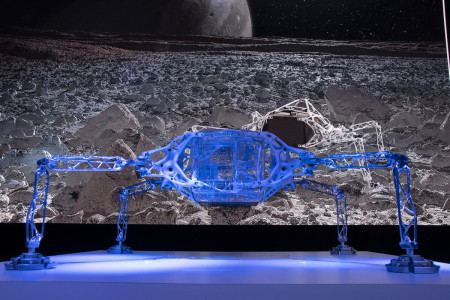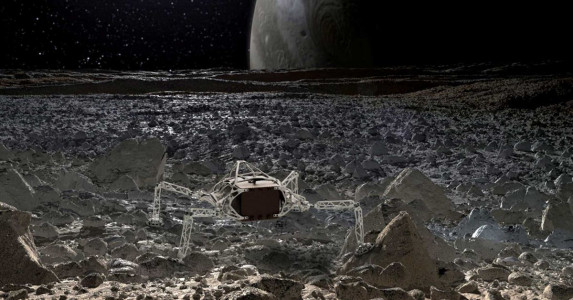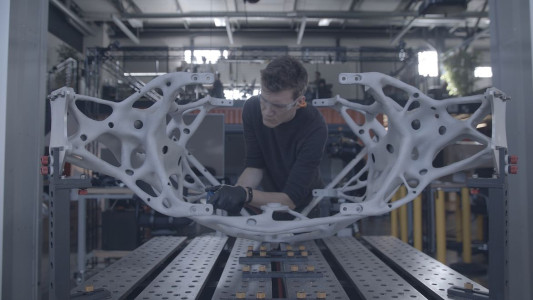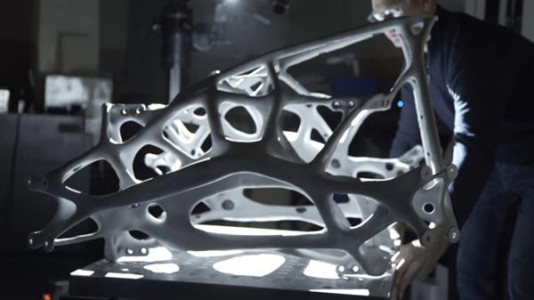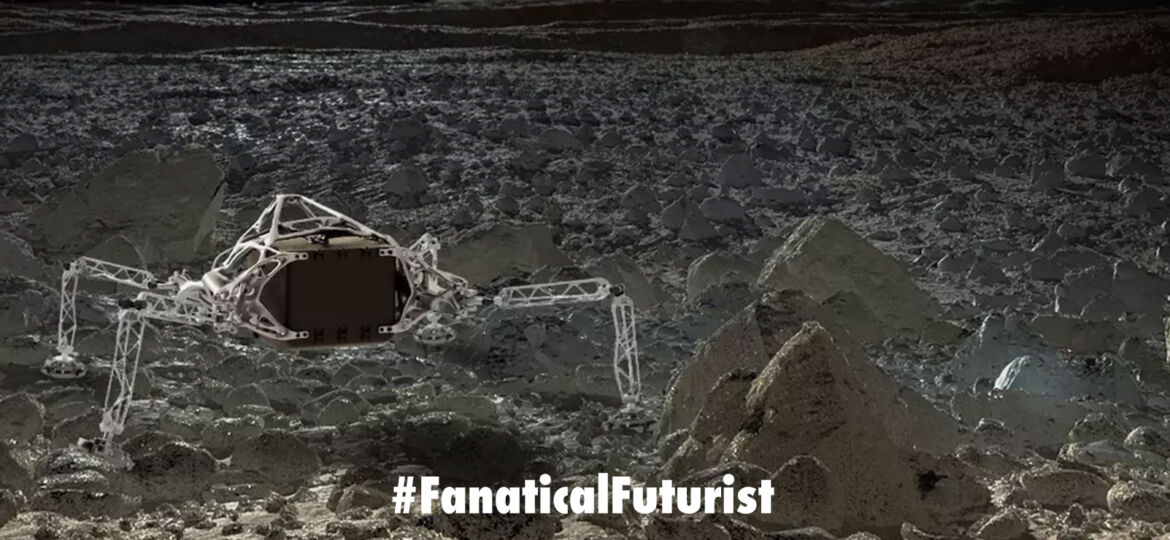
WHY THIS MATTERS IN BRIEF
As humans we tend to believe that creativity is our exclusive domain, but AI is muscling in in a big way, and creative machines are improving all the time.
Over the past couple of years I’ve been banging the drum, through my articles and keynotes, saying that increasingly companies are using a new form of creative machines, based on Generative Adversarial Networks (GANs), to innovate and create new products for them – a human right brain task that many people said can’t be automated, but that we’re increasingly proving can. So far these creative AI’s have been used to create art and music, design aircraft parts, fashion lines, and furniture for companies like Airbus and Amazon, sneakers for Under Armour, and, of course, self-evolving self-printing robots. Now though they’re stepping up their game after engineers at software company Autodesk teamed up with NASA Jet Propulsion Laboratory (JPL) to use AI to design a new interplanetary lander that could explore distant Moons like Europa and Enceladus.
Autodesk announced its new innovative lander design this week at the company’s conference in Las Vegas — revealing a spacecraft that looks like a spider woven from metal that is lighter and sturdier than anything NASA’s human designers have been able to produce. The company says the idea to create the vehicle was sparked when Autodesk approached NASA to validate a lander prototype it had been working on. After looking at Autodesk’s work, JPL and the company decided to form a design team — comprised of five engineers from Autodesk and five from JPL — to come up with a new way to design landers.
NASA is starting to think about ways to land on distant moons in our Solar System that may harbour oceans underneath their crusts. Saturn’s moon Enceladus is one such candidate, as it may have the right conditions to support life in its unseen waters. And NASA has already studied concepts for landers to touch down on the surface of Jupiter’s moon Europa, in order to sample the world’s ice to see if it might host life.
The lander collaboration with Autodesk was mostly experimental, with JPL giving the company a very clear goal – figure out a way to reduce the weight of a deep-space lander. When it comes to space travel, the best materials to withstand the harshness of space are things like titanium and aluminium, but these metals can be heavy. And the more a vehicle weighs, the more difficult and more expensive it is to launch into space. So shaving pounds can help reduce the overall cost and complexity of a mission.
Weight reduction also allows for the opportunity to add more instruments and sensors to a lander, to gather more valuable science data.
“When we initially talked to them, they said reductions in mass of 10 percent are not all that interesting to us,” said Mark Davis, Autodesk’s senior director of industry research. “If you can get on the order 20 to 30 percent, that’s a game changer for us. So that was an initial target we set.”
To make the lander, Autodesk used its own creative AI software that can iterate thousands of different designs in short periods of time. Known as “generative design,” it’s a relatively new concept that allows engineers to come up with computer generated concepts for a project by inputting a set of constraints that the software must adhere to.
For the lander, Autodesk and JPL input the types of temperatures and forces a lander might experience when traveling through deep space. They also input variables like the kinds of materials that the software should experiment with, such as titanium and aluminium. And they asked the software to explore different types of manufacturing methods, including casting and 3D printing.
“You can consider all these things at the same time,” says Davis. “You load the forces and the requirements, and then the computer goes and thinks about it and creates a design.”
After a month and a half of tinkering with the software’s designs, JPL and Autodesk settled on the spider-like concept, which consists of three main sections. The first is the internal structure — or the gut — that holds the suite of instruments for studying distant worlds. This piece is 3D printed out of aluminum. The second section is the main body of the spacecraft, known as the chassis, which provides overall structural support. This piece, which is made by casting aluminum in a mold, sits on the third vital section: the aluminum legs made by a 3D milling machine. The entire thing is about seven and a half feet wide, and three feet tall.
Overall, Autodesk says it was able to decrease the lander’s weight by 35 percent compared to the baseline design for other JPL landers. Autodesk says the lander weighs around 176 pounds, which is relatively light compared to NASA’s latest Mars lander InSight, which is around 770 pounds. And Autodesk claims the internal structure can support a payload of scientific instruments that weighs up to 250 pounds.
From design to finish, Davis says the entire process took about a year and a half, and that the team was able to rapidly iterate on the design during the first month with the Autodesk software. While this particular lander isn’t going to space, Davis hopes to continue working with JPL to find ways to incorporate generative design into the planning for their missions.
“Bringing in a new thing like generative design, it’s a disruption and they have to be careful about how they introduce it and give engineers the confidence it’s a valid way to proceed,” says Davis. “It’s quite a culture change exercise.”

